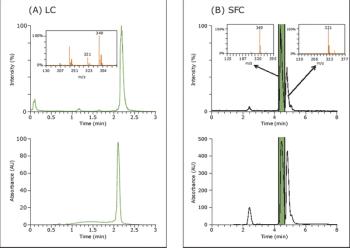
Mass-Directed Preparative SFC: An Orthogonal Tool with Reduced Liquid Solvent Usage for High Throughput Purification
In recent years, improving productivity and cost-savings have become major initiatives in pharmaceutical discovery and development.
Thar Instruements, Inc.

In recent years, improving productivity and cost-savings have become major initiatives in pharmaceutical discovery and development.
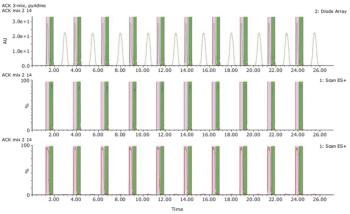
Chiral chromatography has become the preferred tool for enantiomer separations in the early stages of pharmaceutical development for the purpose of accurately identifying single pure enantiomers with pharmacologic, toxicological, and clinical information, as stipulated by the FDA.1

According to the FDA policy statement, developing stereoisomeric drugs, each enantiomer should be evaluated.

In the past decade, supercritical fluid chromatography (SFC) has been established as a cost-effective, sustainable, and green purification technology for pharmaceutical and related industries.
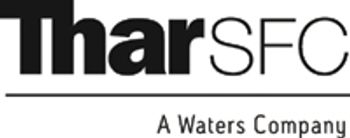
In the past decade, supercritical fluid chromatography (SFC) has experienced a steady growth in acceptance, particularly in pharmaceutical and chemical laboratories. In SFC, "supercritical" CO2 combined with one or more polar organic solvents, most commonly alcohols, are used as mobile phase. Preparative SFC is deemed by many to hold the greatest promise to attain mainstream acceptance. The reduction in solvent consumption and collection in relatively small volumes of volatile organic solvents, hence, a much less stringent post-purification endeavour, lead to significant savings on operation costs. For example, Ripka et al. calculated that 20000 samples purified by SFC instead of reverse phase liquid chromatography (RPLC) would realize a 48 times reduction in solvent consumption.1
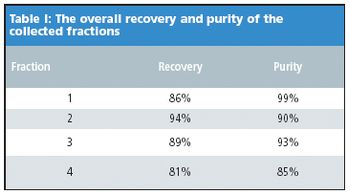
In the past decade, supercritical fluid chromatography (SFC) has experienced a striking resurgence and exponential growth in acceptance, particularly in pharmaceutical and chemical laboratories. In SFC, "supercritical" CO2, in combination with one or more polar organic solvents, most commonly alcohols, are used as mobile phase. The polarity of CO2 is similar to that of hexane, and thereby making SFC a normal phase chromatographic technique. SFC has readily lent itself as an attractive complement to reversed phase HPLC (RPLC). For instance, in separating polar compounds that have little retention, and/or selectivity, even with special polar group embedded columns, SFC holds a unique advantage over RPLC due to its normal phase separation mechanism.

Supercritical fluid chromatography (SFC) is a normal phase separation technique. In SFC, supercritical CO2 in combination with one or more polar organic solvents, most commonly alcohols, is used as the mobile phase. Owing to the lack of intermolecular interactions, supercritical fluid typically possesses lower viscosity and higher diffusivity than those solvents used in traditional high performance liquid chromatography (HPLC). This allows for higher flow rates, faster analyses, and the use of longer columns for higher chromatographic efficiencies. Initially deemed a niche chromatographic technique for chiral separation, the horizon of SFC applications has rapidly expanded to include achiral analyses of natural products, biodiesel, oligomer, pesticides/herbicides, and peptides. This is due, in part, to the improvements in detection choices and performances for SFC. Evaporative light scattering detectors (ELSDs) coupled with SFC have found wide use in many pharmaceutical and chemical laboratories (1).

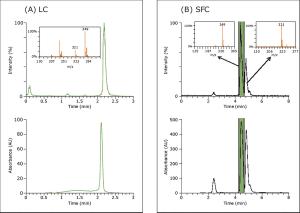
Published: November 1st 2010 | Updated:

Published: November 1st 2010 | Updated:

Published: November 1st 2010 | Updated:

Published: November 1st 2010 | Updated:

Published: March 2nd 2010 | Updated:

Published: February 1st 2008 | Updated: